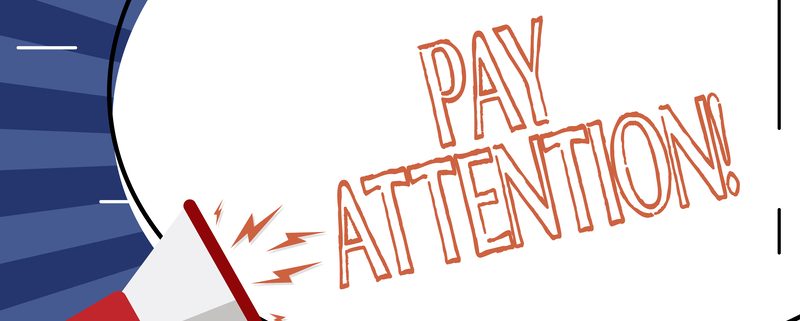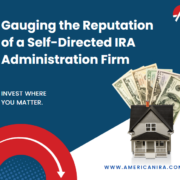Five Key Age Milestones to Pay Attention to With Your Self-Directed IRA
When you plan for your retirement nest egg, you need more than one number to hit. You need to know when you are going to have the funds set aside to begin enjoying a retirement fully. It’s not just about how much money you have; it’s about when you acquire that amount of money within accounts like a Self-Directed IRA. With that in mind, let’s look at five key age milestones you will want to pay attention to if you are trying to get the most out of a Self-Directed IRA:
Age 50: After age 50, you can start making more aggressive “catch-up” contributions to certain retirement accounts. For example, if you are 50 or older in 2019, you can make up to $7,000 in annual contributions to a Traditional or Roth IRA. At the age of 50, you should start noticing that your career is going well—or at least better than it had been in your 20s and 30s—and that you have some wiggle room in your budget. As time progressed, the cumulative returns from raises over the years should give you a higher salary. The higher contribution limits allow you to take advantage of this financial wiggle room by putting some additional money away for retirement.
Age 59 ½: According to MarketWatch, it’s a good idea to have 4 to 5 times your annual salary saved by the age of 55. Why is it important to have this much put away by then? As you enter your 50s and 60s, things will change. But why is 59 ½ so specific? Because it’s when you hit retirement age, as defined by many retirement accounts. For example, you can start taking withdrawals from a Self-Directed IRA without the additional early-withdrawal penalties.
Age 62: When it comes to your Self-Directed IRA, this age might not mean a whole lot. But when it comes to your retirement as a whole, the age of 62 will have major significance. That’s because this is the age when you are eligible to begin collecting social security. Collecting social security means that you will then have a passive income stream from the government. Even if you are not yet retired, this will help you to plan your retirement. You will know what kind of fixed budget you might need to have in retirement. Or, thanks to your extra money, you might be able to be more flexible with your retirement decisions than you were in years past.
Age 70 ½: You might notice that when you get these really specific age requirements, they tend to mean something specific for your retirement accounts as well. That’s the case here. Some consider this the “last” age-based milestone in retirement because it’s the age at which you will then be required to take the RMDs—required minimum distributions—out of your retirement accounts. In essence, this is the age in which you are forced to “retire,” at least when it comes to your IRAs.
Retirement Age: Finally, there’s the age at which you decide to retire. It could be 45. It could be 75. There’s no one single age at which people are required to retire. And if you have a Self-Directed IRA, you may find that the age is much earlier than you think, especially if you’re able to grow a vast retirement nest egg with some well-placed investments. But it is important that you know your own personal number, even if it’s just a vague goal to begin with.
Interested in learning more about Self-Directed IRAs? Contact American IRA, LLC at 866-7500-IRA (472) for a free consultation. Download our free guides or visit us online at www.AmericanIRA.com.








